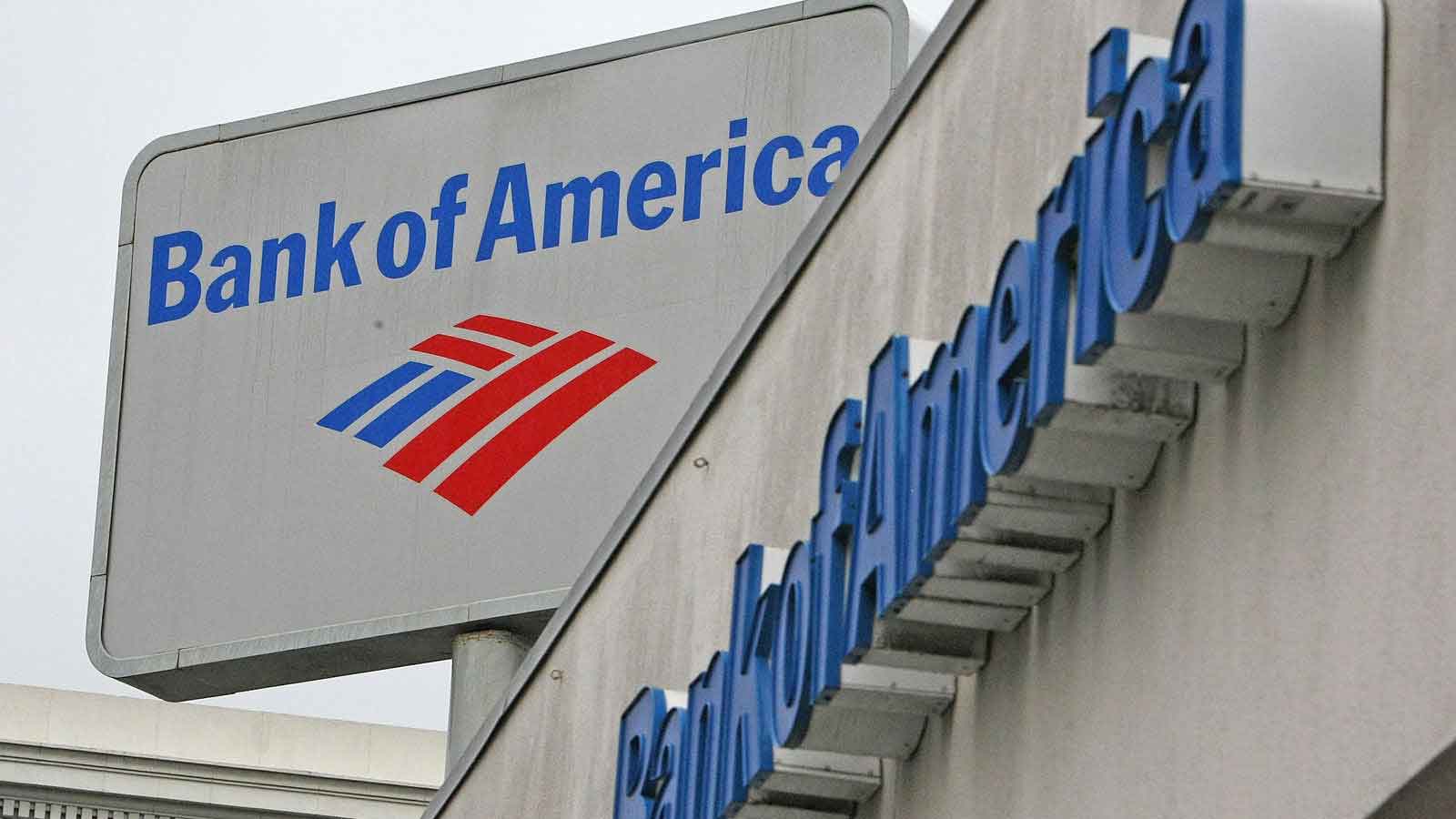Bank of America plans for massive Windows 10 upgrade
In the wake of IBM’s plans to buy 200 thousand MacBooks for its employees, IT companies like Apple and Microsoft seem to be increasingly involved in a game of “Capture the Flag”, as growing numbers of large corporations are pushing to overhaul their IT infrastructure. The latest news come from Bank of America, which has recently revealed plans to upgrade its existing Windows 7-based infrastructure, to Microsoft Windows 10.

Bank of America’s CTO David Reilly has revealed plans for an enterprise-wide Windows 10 migration. Reilly is not going in blindfolded, and is weighing in all options for a smooth upgrade path, one that, as he remembers, was rather sizable at the time when Bank of America took the plunge and upgraded to Windows 7. When Windows 8 was released, Bank of America was also one of the companies who showed reticence in upgrading, due to the much talked about user experience flaws present in that then radically new version of Windows.
By such token, Reilly seems to feel more optimistic, as the upgrade path from Windows 7 to Windows 10 is considerably smoother, not so much in the technical requirements, as both Windows 7 and Windows 8.1 are equally easy to upgrade to Windows 10, but from a standpoint of user experience, as Employees are likely to be more productive when using something they already know. Windows 10 offers a user experience that is much closer to Windows 7 than any other version of Windows.
From the ground up
The upgrade path will likely be easier on Bank of America than on Microsoft, as the massive number, and variety of devices, including laptops, tablets, phones and desktops, used within the organization will require a custom build of Windows 10, specific to the company, and designed to work within a completely locked-down, and secure environment. Reilly is hopeful that Microsoft will have such build, ready for testing, by November.
Security
Bank of America is unlike the average corporation focused on the retail of products and services, as it handles personal and business financial data, loans, investments, stock, and a multitude of other wealth-management products requiring every member of the organization to perform their duties within a secure, rock-solid environment. Reilly’s main concern is that outside threats are easier to handle than having to deal with than inside threats. With so many devices active within deeper layers of the company, security is paramount, to significantly curb the chance of any system to be taken down from the inside.
The customized version of Windows 10 that Microsoft is building for Bank of America will need to contemplate segmentation scenarios, so as to allow the company extremely granular controls on what data employees have access to, with the generation of new credentials and access privileges.
Windows Update
There is one big concern raised by Reilly in regard to Windows Update. Now more than ever, the ability to apply software patches and fix software vulnerabilities, is vital for any organization, especially for those that rely as heavily on IT resources as Bank of America does. Devices internal to the company are not the only ones that will receive the upgrade. Consumer-facing hardware will also be upgraded. Many of these machines, such as ATMs or POS systems, must be patched frequently against the possibility of cyber attacks, however, a frequent update process could cause these systems to occasionally glitch, a scenario that Reilly hopes to avoid.
The difference between Microsoft and Apple in the corporate world
This trend of faster adoption of new operating systems and technology, within corporations as large as Bank of America, has never been witnessed before. Large companies were always slow to migrate to newer technology, due to the sheer size of the organization. Finally, it seems there are signs of improving relationships between IT departments and leadership teams: two facets of the corporate world, historically at odds with each other.
The interesting aspect of the situation Bank of America is facing is that it has embraced a different philosophy than it would have if it were an Apple-centric company. Bank of America’s sheer size requires IT departments to oversee technical operations within the organization, due to the massive complexity of the systems involved. These departments have a responsibility over security protocols that can’t possibly be handled automatically, or remotely, without the potential to expose vital resources and create vulnerabilities.